My Japan Rail Experience – Tokyo to Hakodate, Hokkaido (and Mini-Guide to Japan Railway and JR Pass)
Arriving at Narita Airport
For those joining us for the first time, I covered the basics behind a Japan Rail Pass in one of my earlier posts. To briefly summarise, as tourist travelling in Japan, you are entitled to purchase rail passes that allow you unlimited train rides across Japan on Japan Rail (“JR”) operated lines. The passes are economical if you intend to travel to multiple destinations that are connected by rail. The passes typically lasts for a few days (e.g. The pass that I got was a 6 days flexible pass valid over 14 days). If you are interested in finding out more, you can do so here.
We arrived in Narita Airport early in the morning on a JAL flight from Bangkok the night before. Clearing customs was quick and we were off to find the pass exchange office. When purchasing a pass, you don’t actually get the physical pass itself. Instead, you will be provided an “Exchange Order”. This is likely to prevent fraud on JR as these passes are meant only for tourists and non-resident Japanese. You have to exchange the “Exchange Order” for the actual passes which looks, to me, like a mini passport.
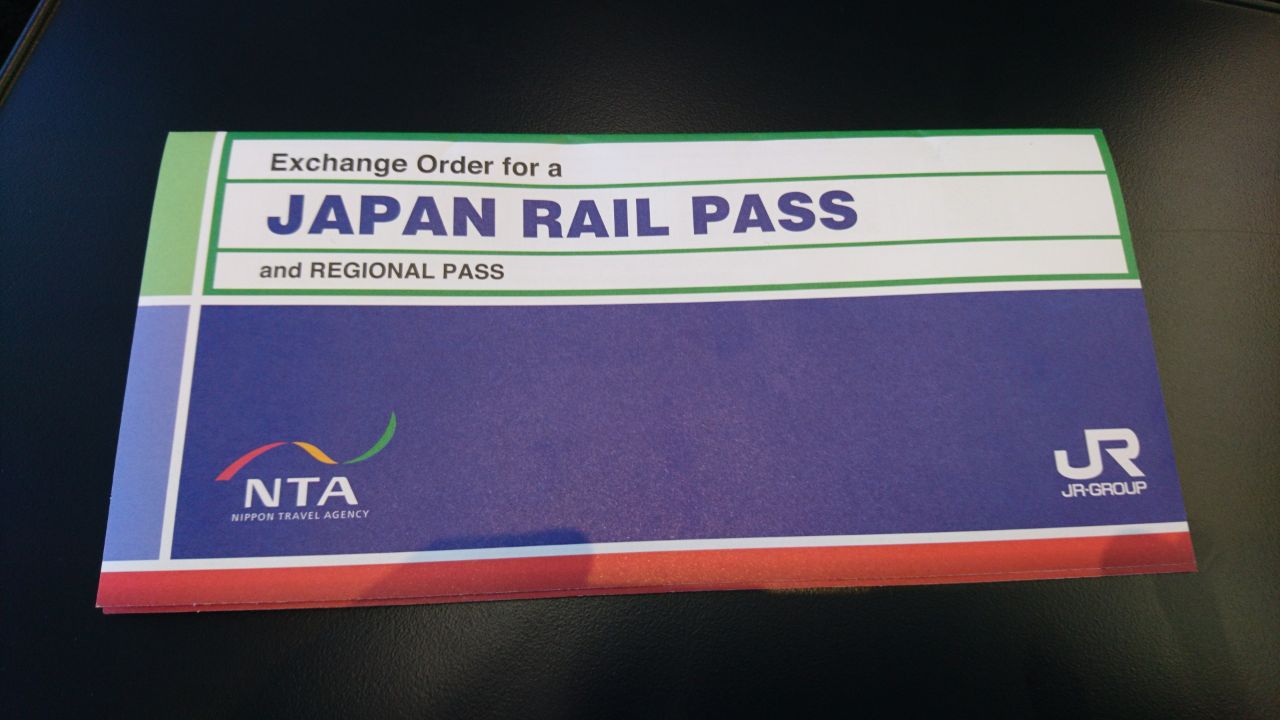
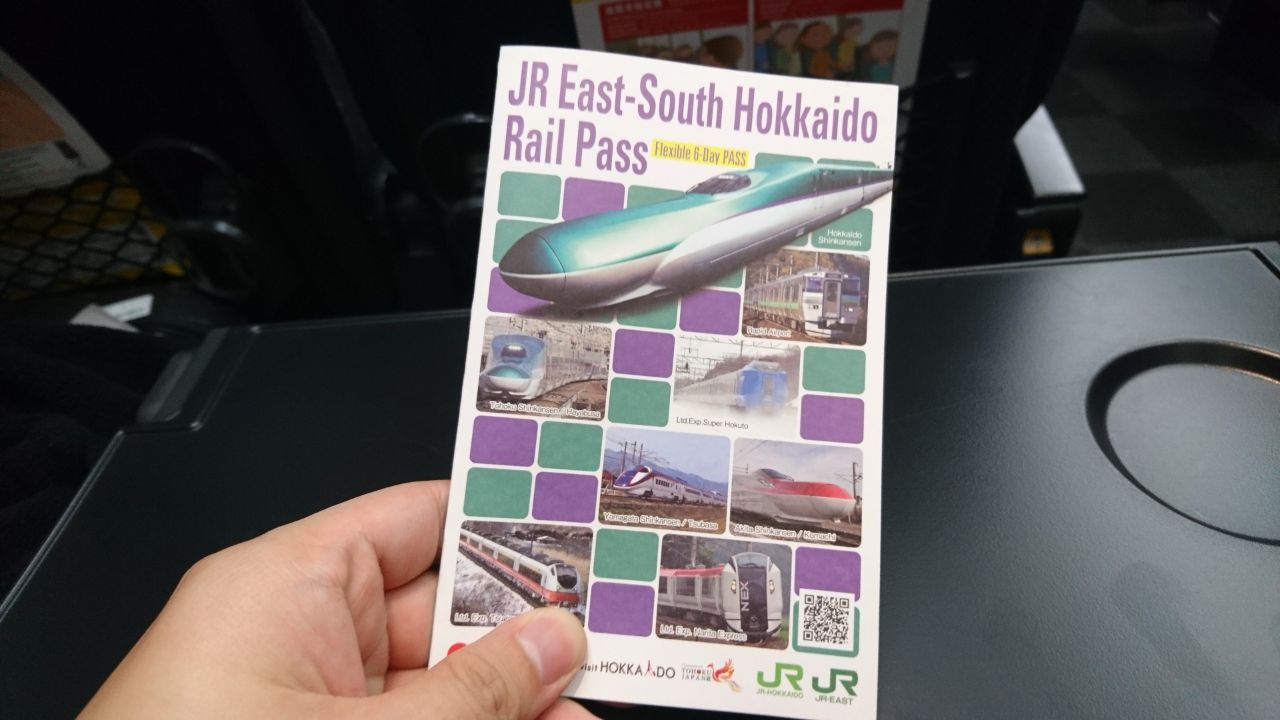
We went down to the basement of Narita Airport Terminal Two. The JR office where we were supposed to change the pass was closed. Instead, there was a sign directing us to go over to the Narita Express queues (directly opposite the JR office). There were two queues. One for exchanging of passes and the other to purchase tickets for the Narita Express. The waiting time was short. You will be asked to fill in a form with your basic information and passport details. The counter staff will then issue you your JR pass.
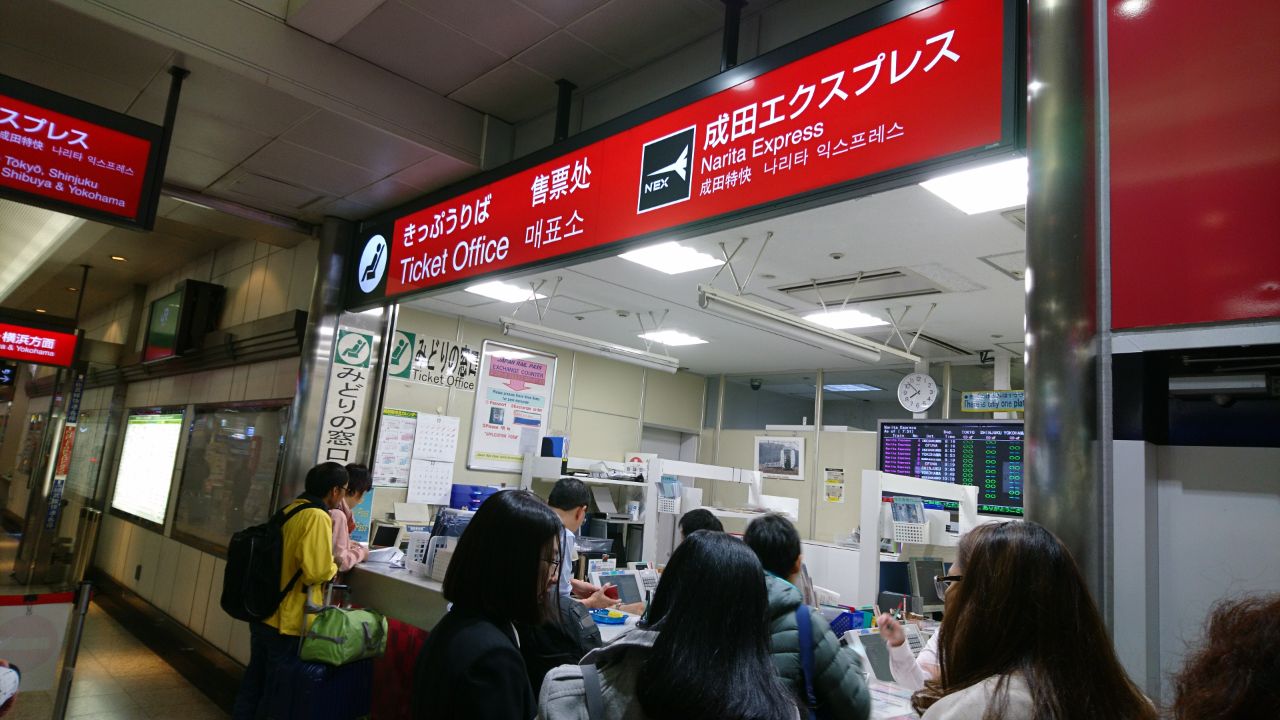
For those traveling to Hakodate from Tokyo, you can at the same time reserve your seats with the staff issuing you your passes for both the Narita Express and also the Shinkansen to Shin-Hakodate-Hokuto station. The Narita Express will take you to Tokyo Station from Narita Airport. You can then take the Shinkansen to Shin-Hakodate-Hokuto Station before having to make a transfer via a local line to Hakodate Station.
For those travelling to Tokyo from Narita Airport, the Narita Express also provides a direct link to Tokyo and takes around an hour or so.
If you are using a JR Pass, you will be by now holding two kinds of tickets: The JR Pass and your reserved seats tickets. As these reserved seats tickets were registered under your passes, they don’t appear to work at the gantries. Instead you have to present your JR passes to the staff manning the counter on the side. He will then stamp and mark off on your pass in the small row of square boxes (i.e. indicate your first use of the pass which will be relevant for determining when your pass actually expires).
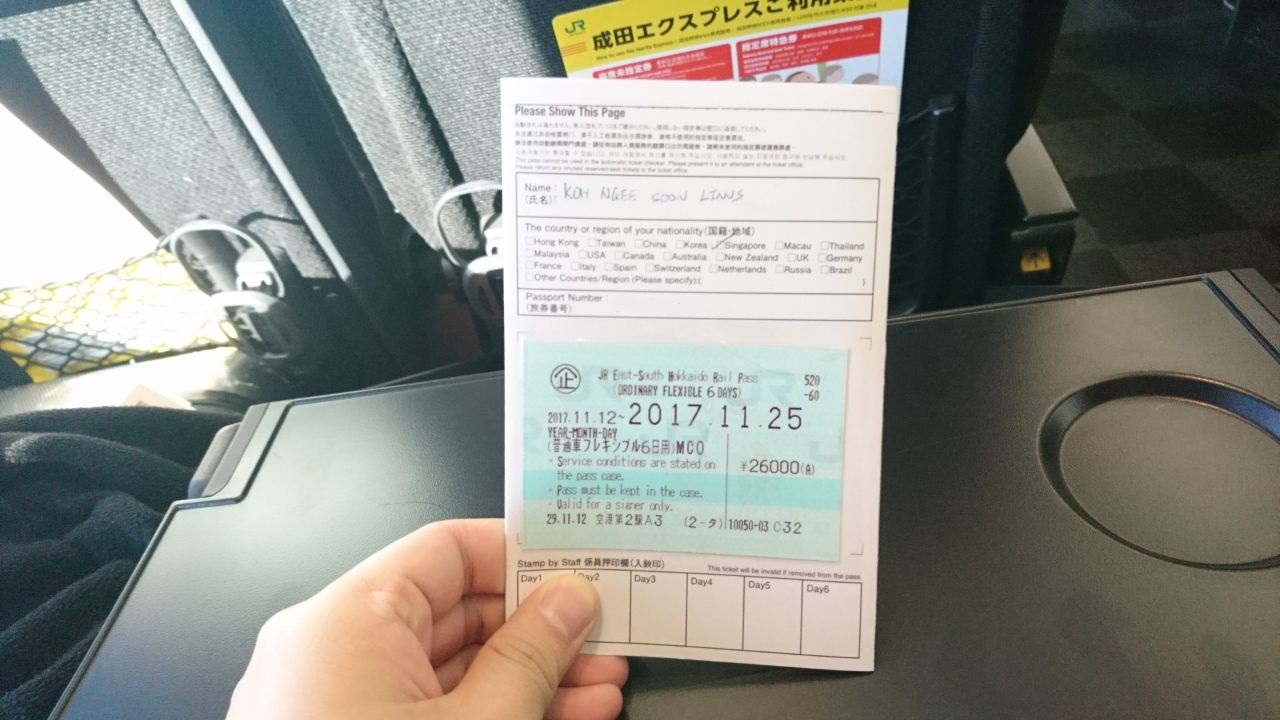
If you were wondering about the train schedules, I found the schedules on Hyperdia to be reliable. I discussed it in my earlier post on JR Passes.
The Narita Express is comfortable with sufficient legroom. There are both overhead racks and also luggage racks at the rear and front of each car to deposit your luggage. For those paranoid or concerned about theft, the luggage areas at the rear and front are equipped with locks to help tie down your luggage.
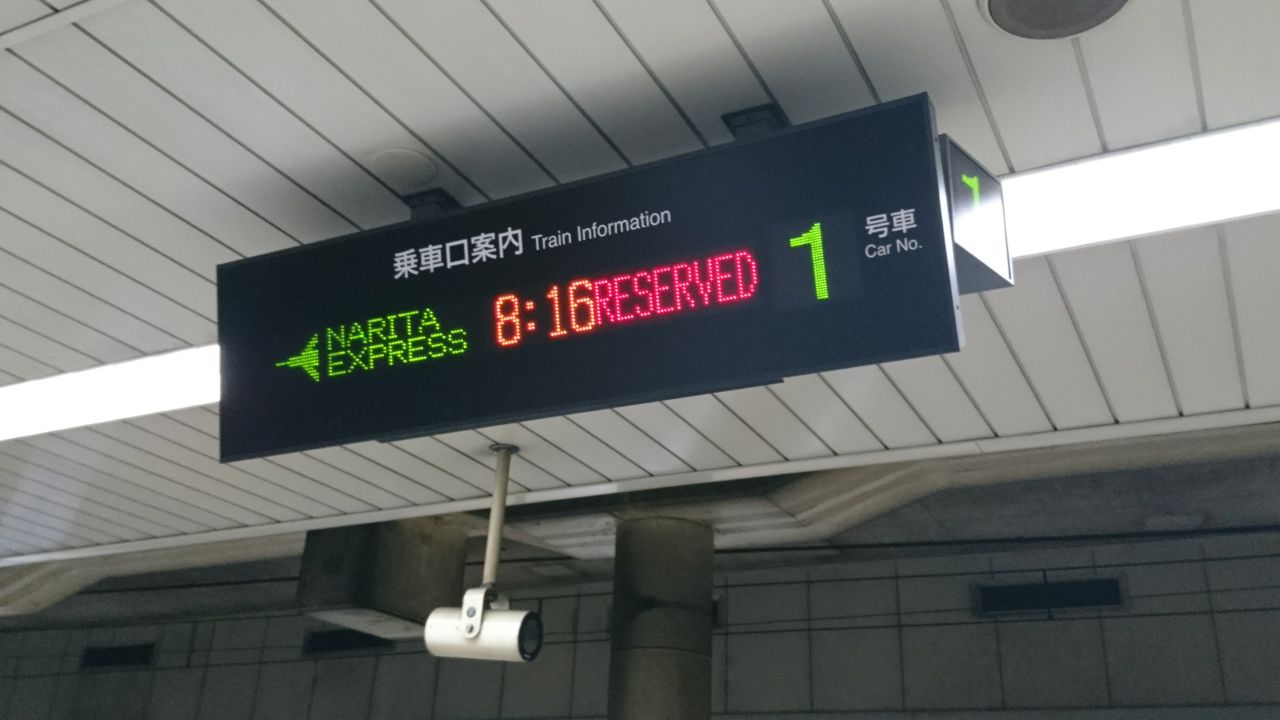
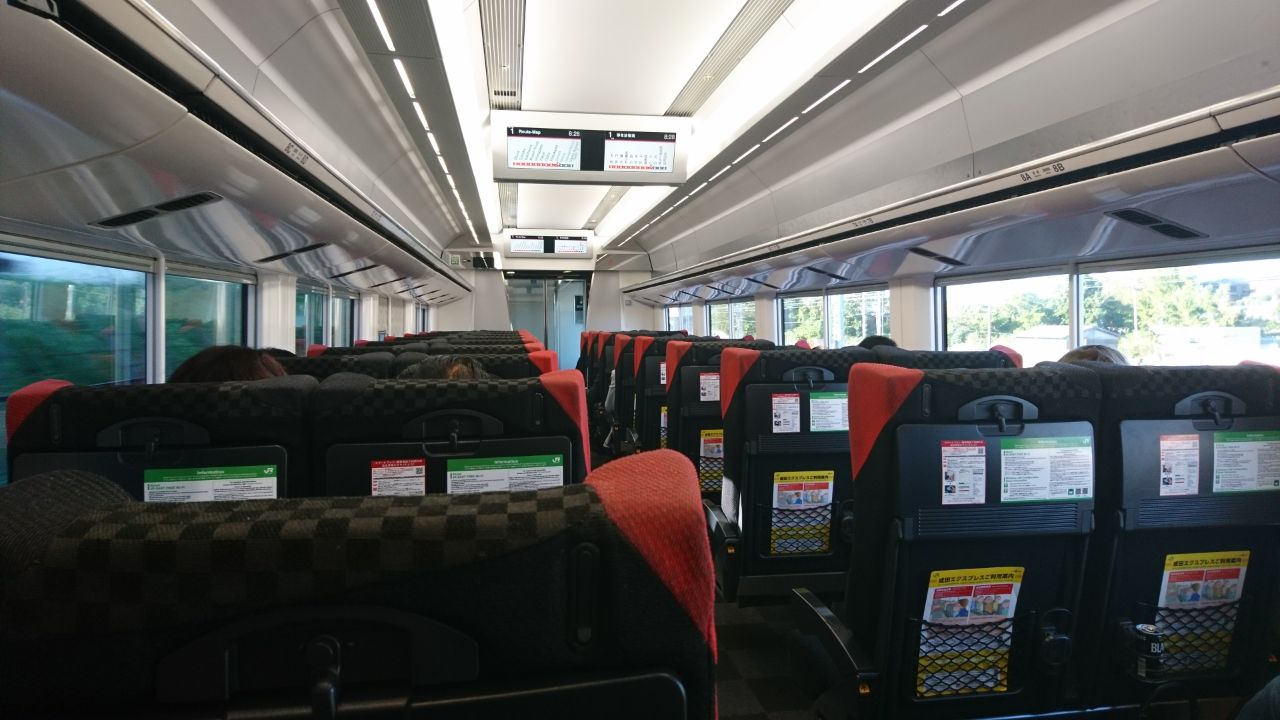
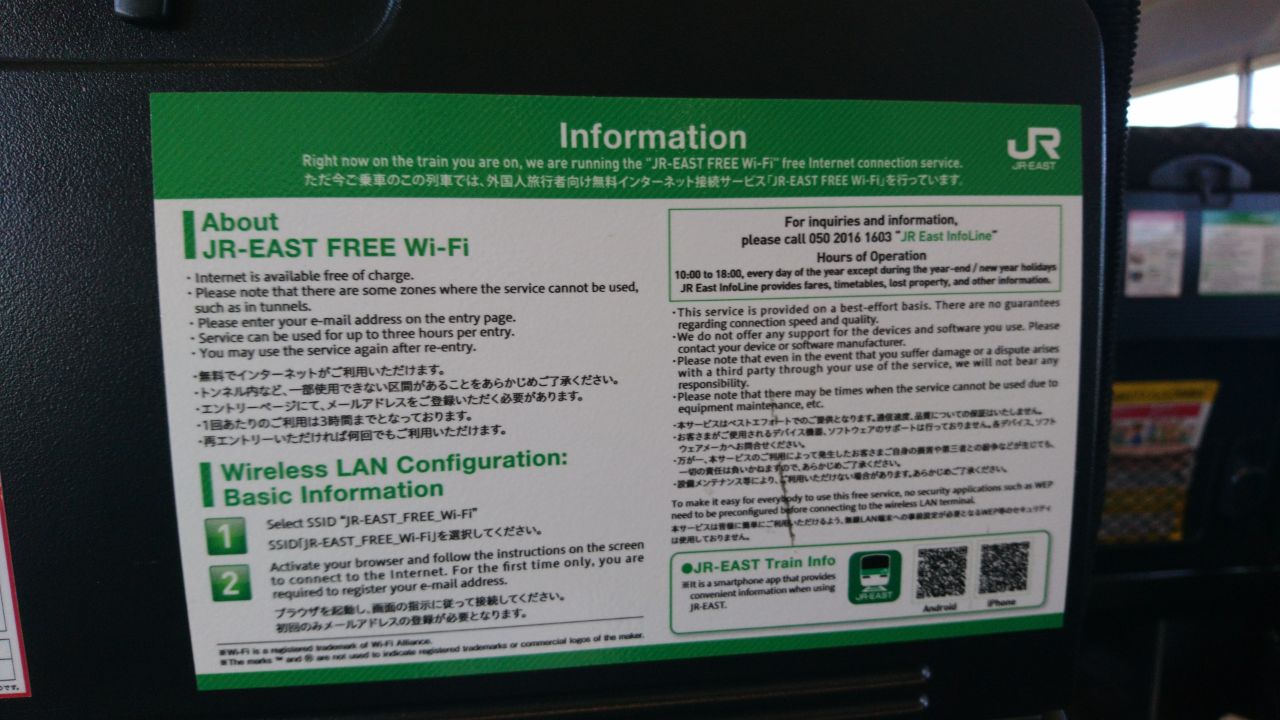
Tokyo Station to Shin-Hakodate-Hokuoto
Getting off Tokyo Station, you will be greeted with signs directing you to the Shinkansen platforms. Follow the signs. Along the way you will find various shops selling bentos and other food items. If you have a sufficient buffer time such that you won’t miss your train, you can consider purchasing a bento and some beverages for your train ride. As the train ride to Shin-Hakodate-Hokuto from Tokyo will take close to four plus hours, we got ourselves some bentos:
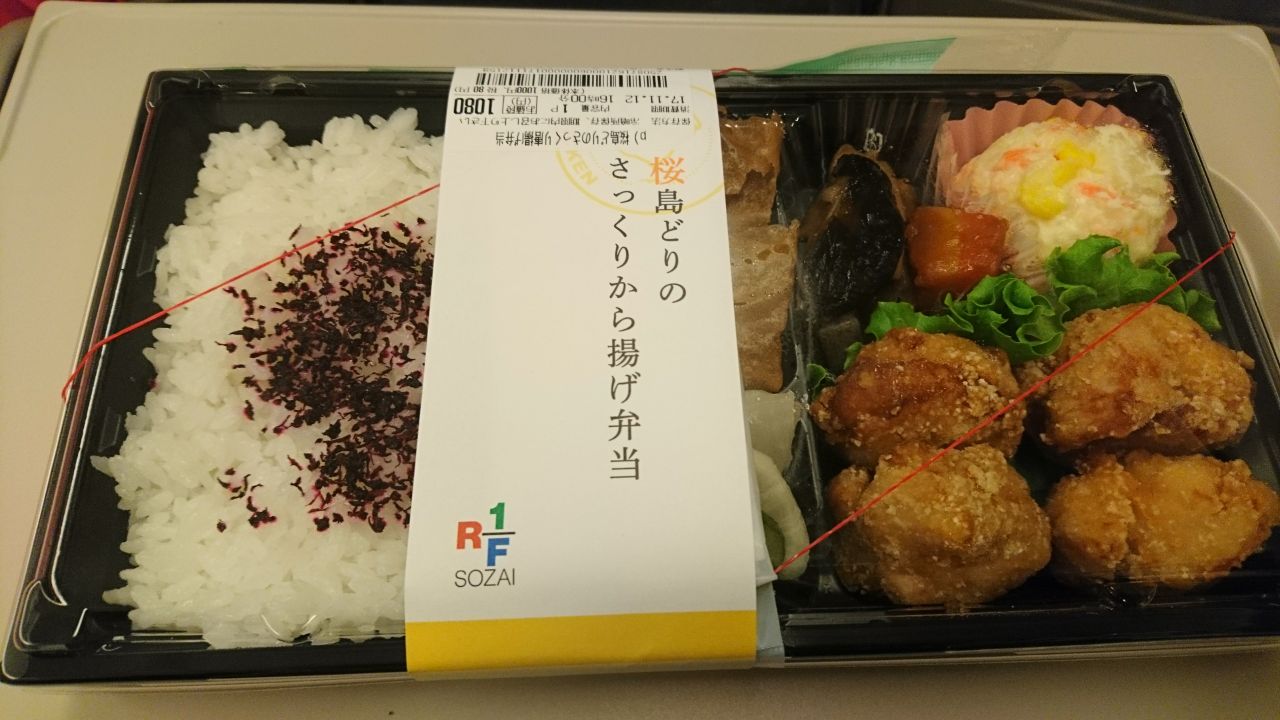
Follow the signs to the Shinkansen area where you will have to present your Rail Pass to the counter staff again. He will just verify the pass since it has already been stamped by his counterpart at Narita Airport. Look out for display boards showing which platform your train will be departing from. Each ticket will have a car number followed by a seat number. The car number tells you which “car” or cabin you are located in.
The platforms at Tokyo Station appear to be busy as they have “First Departure” and “Second Departure” lanes. If your train is departing first (check the display board right above each queue), join the queue for “First Departure”.

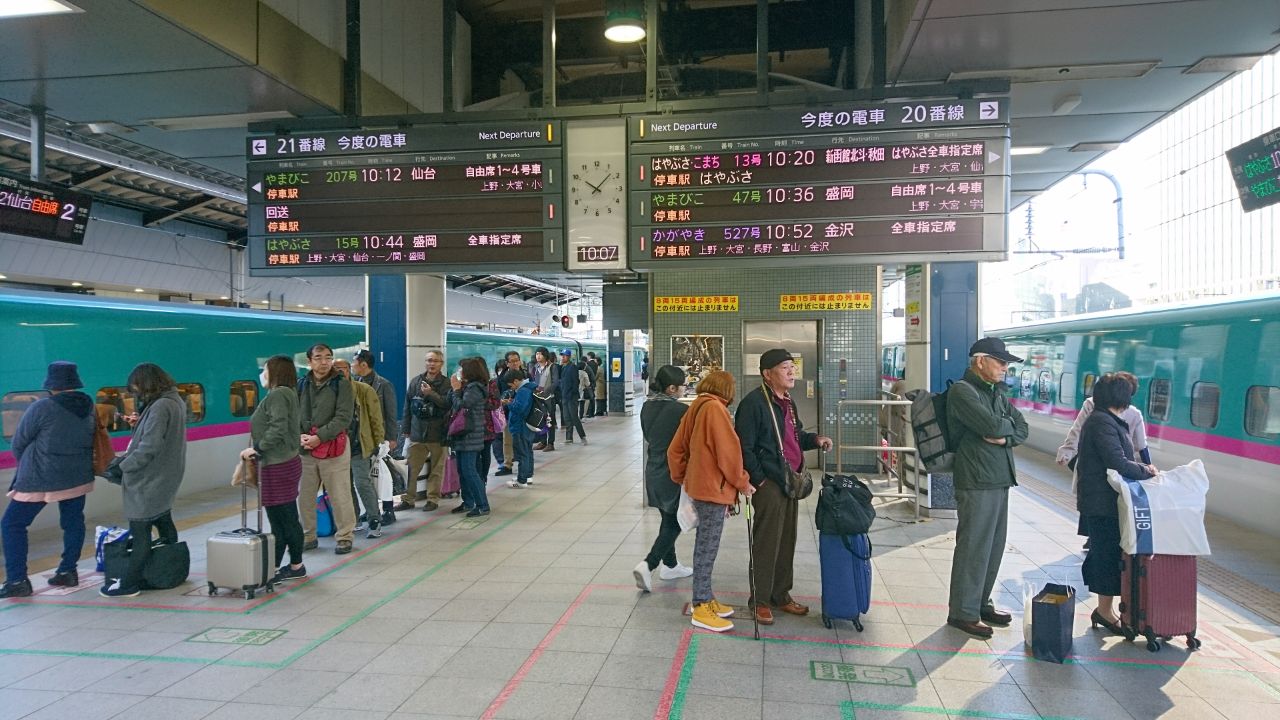
If you are lucky enough, you can catch a glimpse of Japanese efficiency as their train cleaning crews take approximately 10 minutes to do a turn around and have the train cleaned before the next scheduled departure.
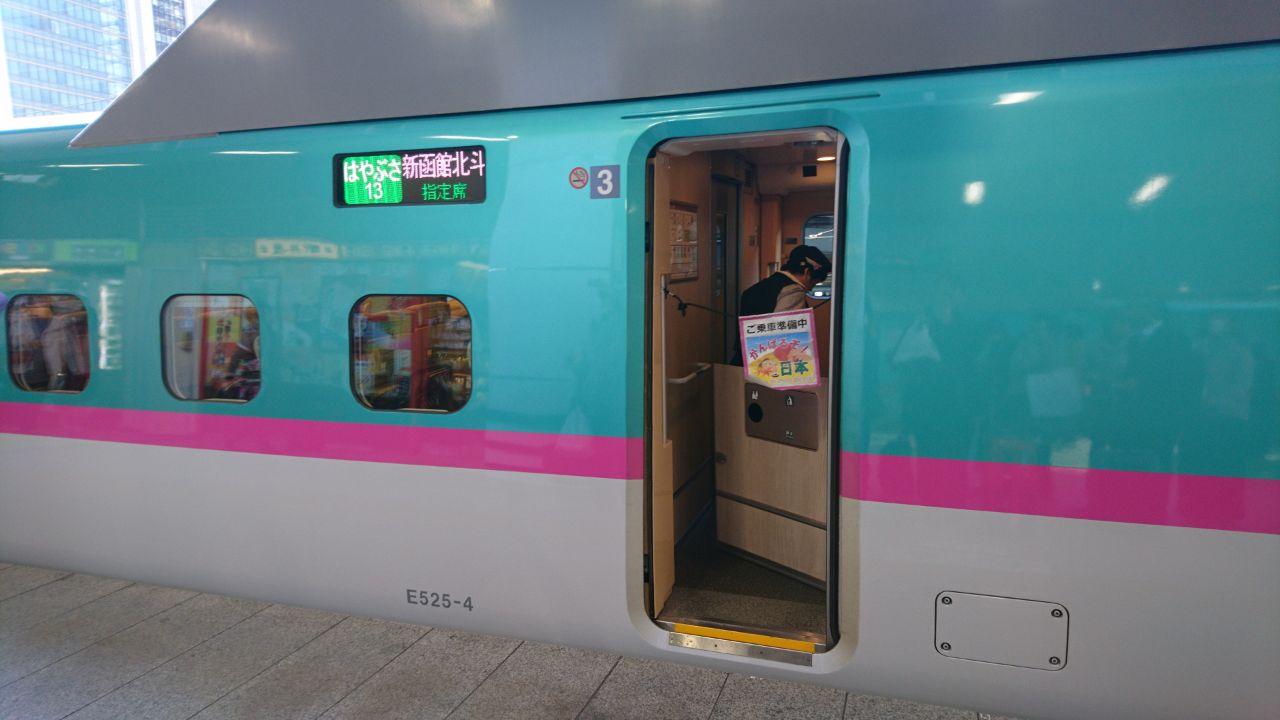
The Shinkansen, like the Narita Express, offered a comfortable ride. However, unlike the Narita Express, it does not have designated luggage areas at the front and rear of each cabin. So if you have an exceptionally large luggage, you can either risk it and leave it at the front or rear or you can bring them to your seats. There is sufficient legroom to squeeze in your luggage in between the seats.
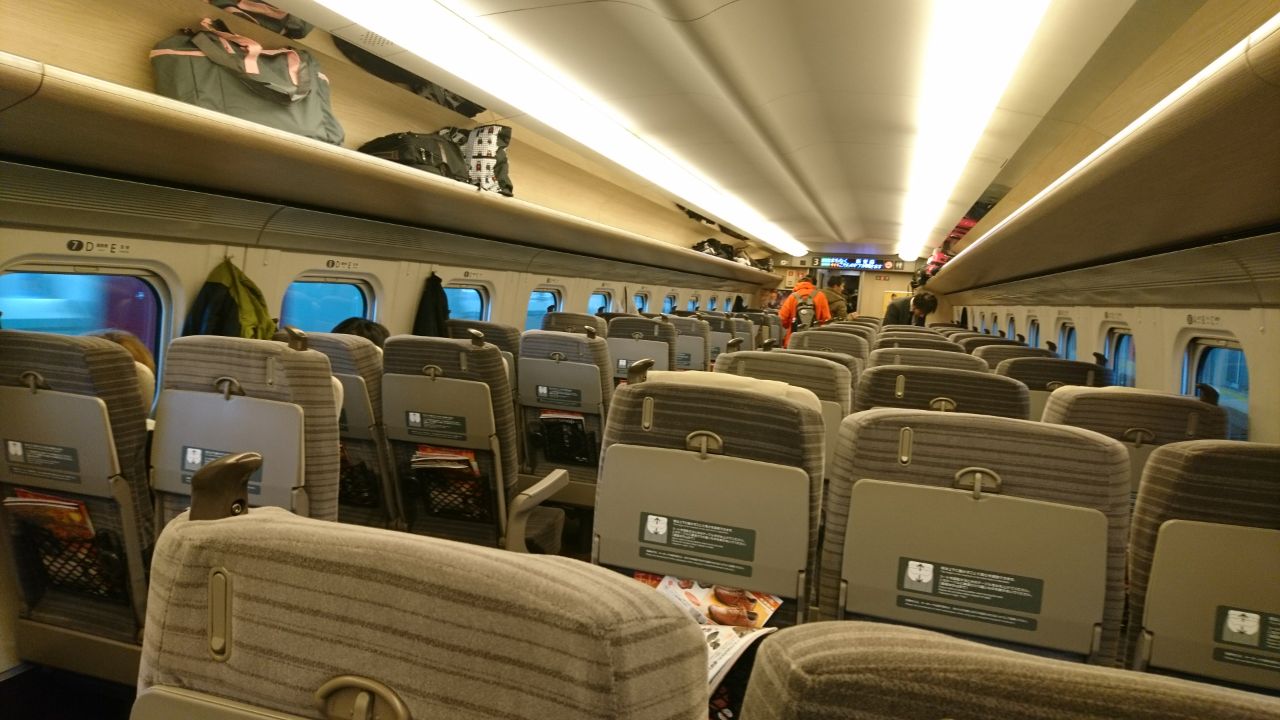
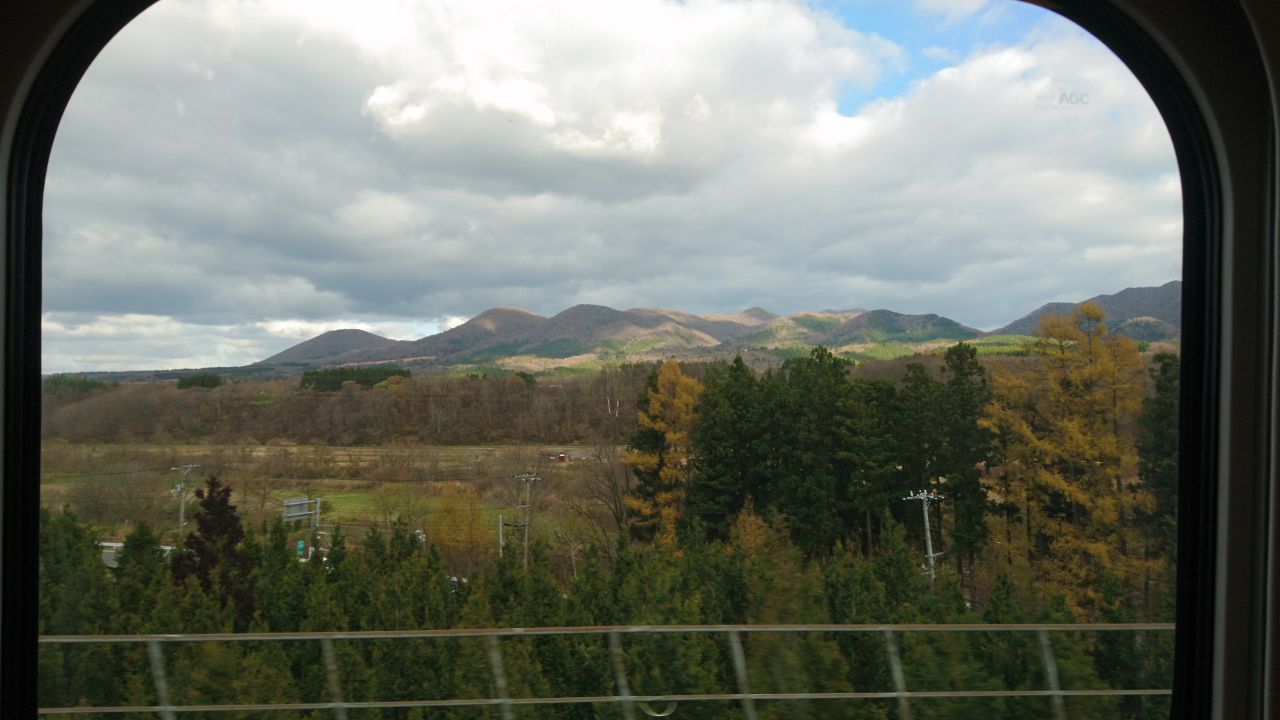
Shin-Hakodate-Hokuto to Hakodate
Four hours and twenty-seven minutes later, we alighted at Shin-Hakodate-Hokuto. Did I mention that the Japanese got their train timings down to the minute?
Follow the signs to exit the station and just before you cross the gantry you will see signs directing you to a transfer to Hakodate Station. As with the other two gantries, you will have to present your Rail Pass to the counter staff. Having verified your passes, they will wave you on towards the platforms where you will board a local train bound for Hakodate station. There will be signs directly you towards the correct platform:
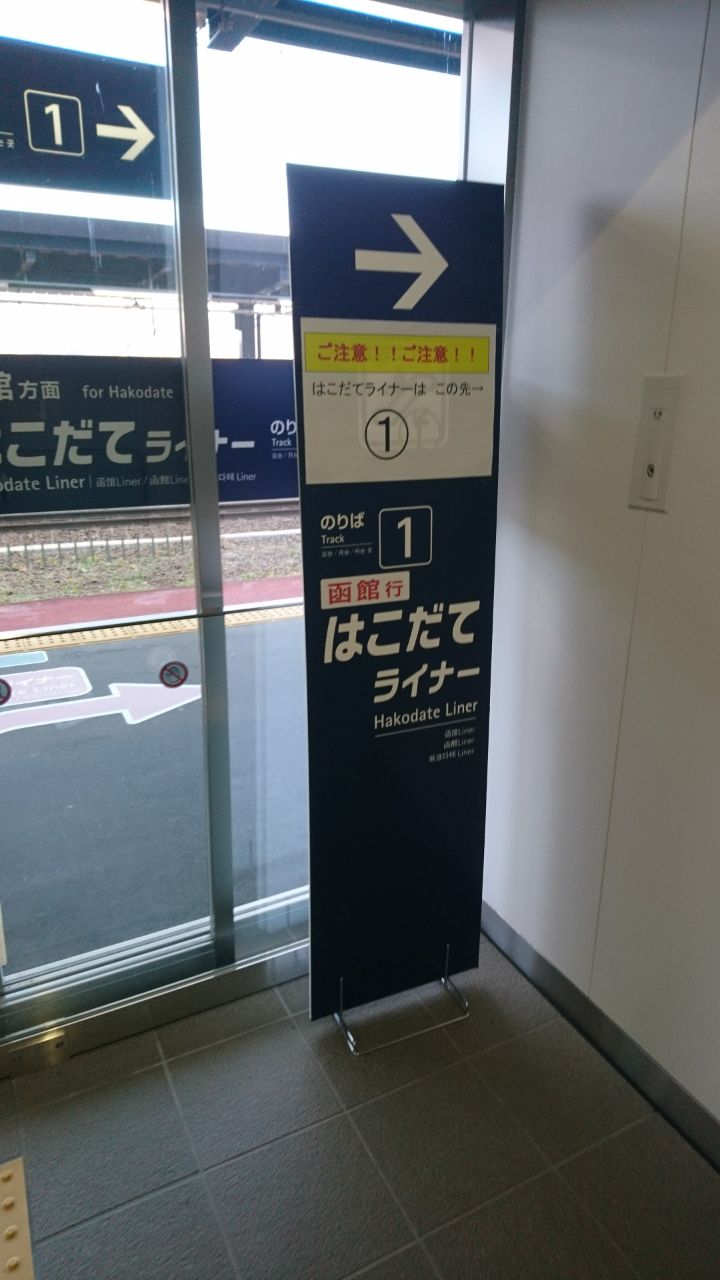
Depending on the local train you actually board, the seats appear to be different. On our journey towards Hakodate, we got a metro-like type of train. We have also during our stay in Hakodate saw “normal” trains with front facing seats. It may be the case that there are different train services serving the lines.
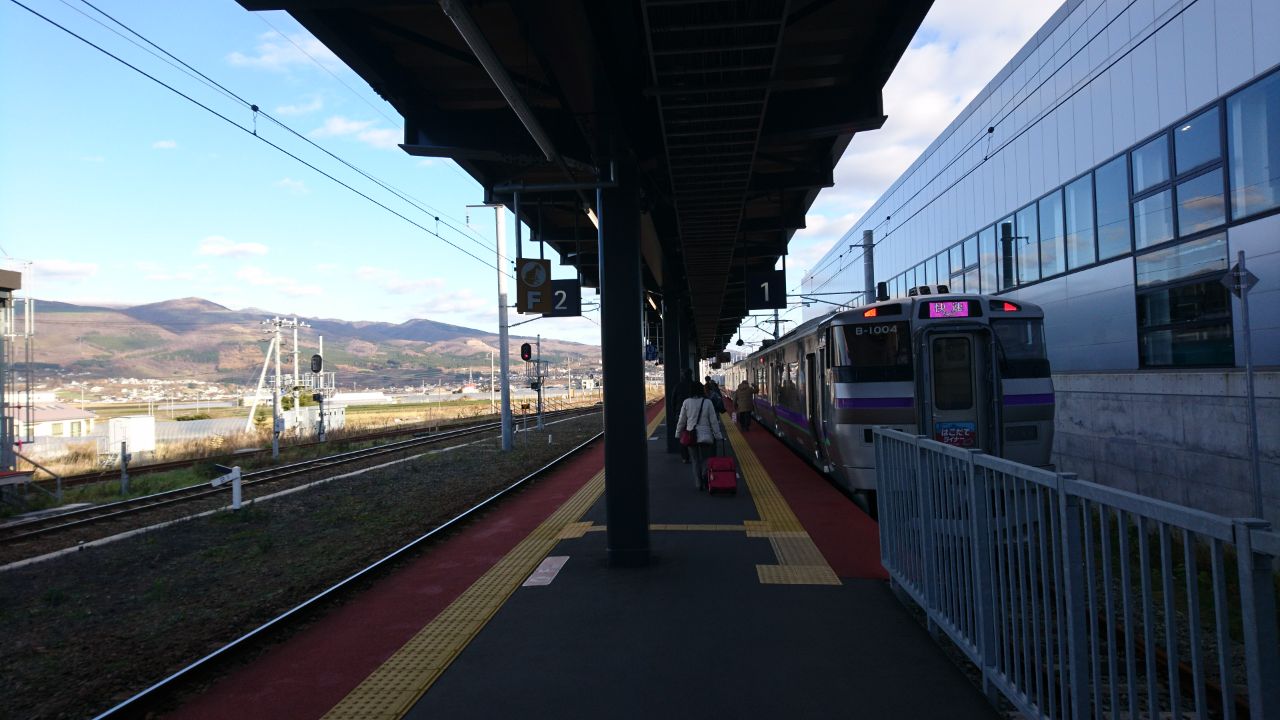
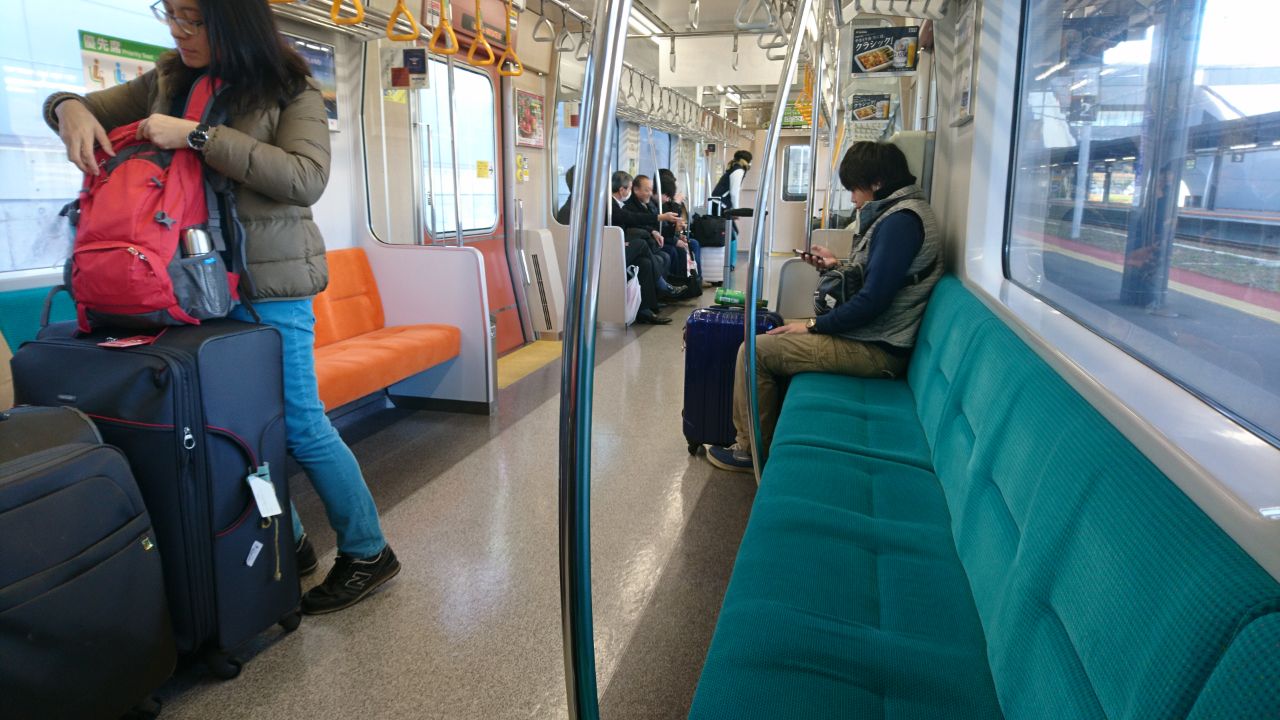

My Experience on JR?
This was my experience riding Japan Rail for the first time. All in all, the experience was pleasant. In fact, having taken a variety of national rails (Trenitalia, Deutsche Bahn, Great Western Railway (England), Eurostar), I found my experience with Japan Rail to be the most enjoyable. The train service is efficient and punctual. Despite possible language barriers, I found JR staff to be proficient in the English language and also Chinese. Communication was not an issue as well. While the Rail Passes are not cheap, they are actually reasonable when you take into account the cost savings when travelling to multiple destinations.
If you are travelling around Japan, why not get yourself a Japan Rail Pass?
Remember to “like” if you enjoyed reading this. Please also “follow” to support this blog!